The History of the ETA Unitas 6497 and 6498, the Ubiquitous and Robust Hand-Wound Calibre
Ubiquitous and simple, but also solid, reliable and versatile, these classic pocket watch-sized movements have earned their place in watchmaking history.
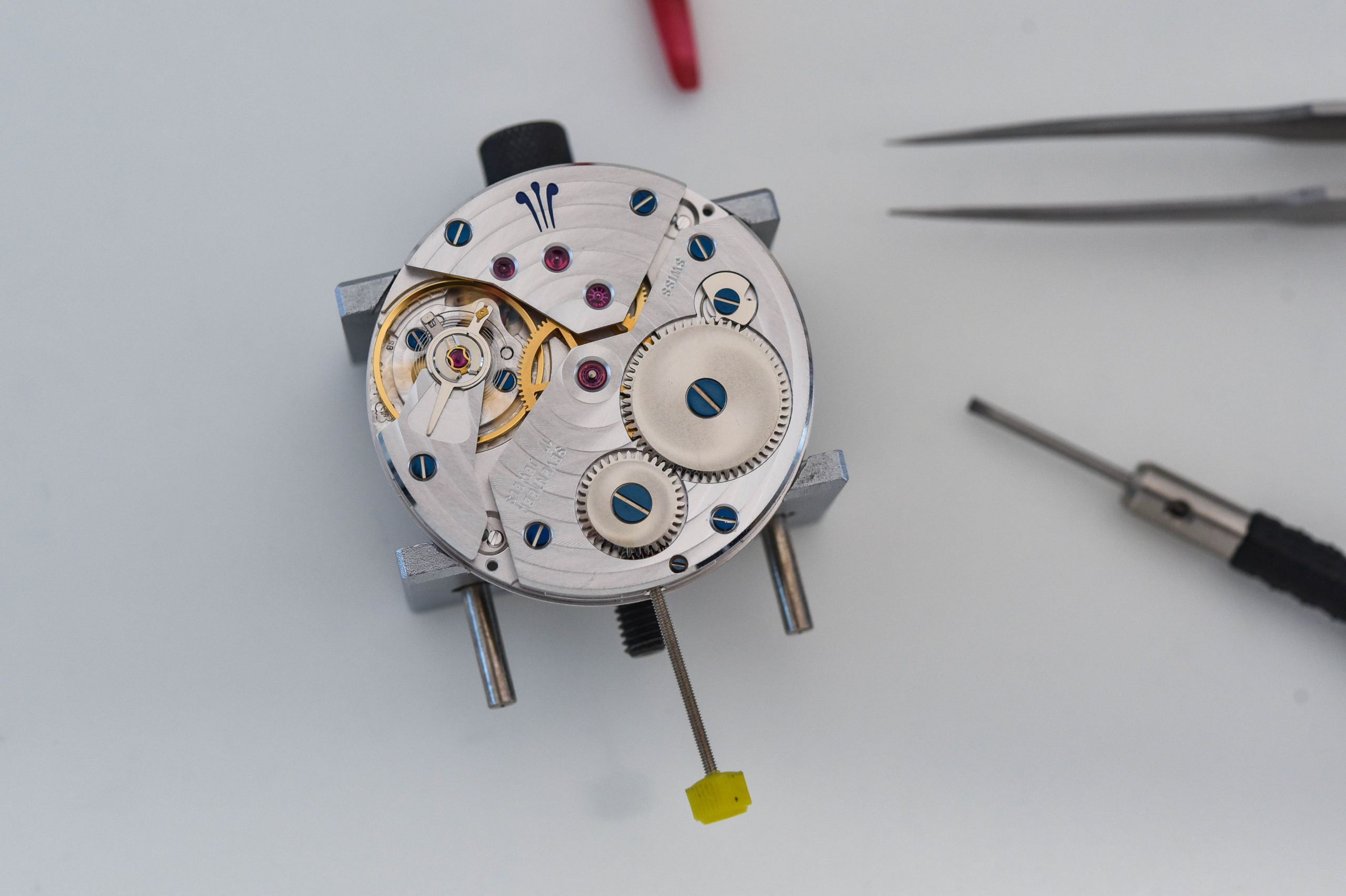
How do a pair of manually wound, time-only, pocket watch-sized, potentially outdated movements introduced in the 1950s earn a place in our series on significant calibres, alongside the well-known El Primero and Valjoux 7750 chronograph calibre and the omnipresent automatic ETA 2824 and 2892? Several factors contribute to their importance. Despite seeming unusual today, the large diameter of these movements became a notable advantage during the mechanical renaissance of the 1990s. This era saw the international embrace of larger timepieces, a trend often credited to Panerai, which used the ETA/Unitas 6497 to power its reissues from that decade. The Lépine 6497 and its Savonette version 6498, known for their robustness, reliability, and accuracy, were well-designed and easy to regulate to chronometer standards. The 6497 is the most widely used teaching calibre in watchmaking schools, as it is easy to understand and handle. The versatility and adaptability led to these movements’ adoption by numerous brands across different price ranges, earning them the reputation of being dependable, “workhorse” movements. However, as we will explore, the transformations these movements allow are truly remarkable. But first, a brief look at Unitas’ history.
Unitas, ARSA, Ebauches SA and ETA
Unitas Watch Co. SA, based in Tramelan in the Swiss Jura, was originally known as La Trame SA (what led to this is a story worthy of a separate chapter) until its renaming in October 1918. The Unitas brand was officially registered in March 1919. Despite periods of success producing movements and complete watches, the company declared bankruptcy in May 1926, having fallen victim to post-World War I overproduction and excessive borrowing to finance manufacturing investments. That same year, Manufacture d’Horlogerie A. Reymond SA (ARSA), also based in Tramelan, acquired the Unitas brand.
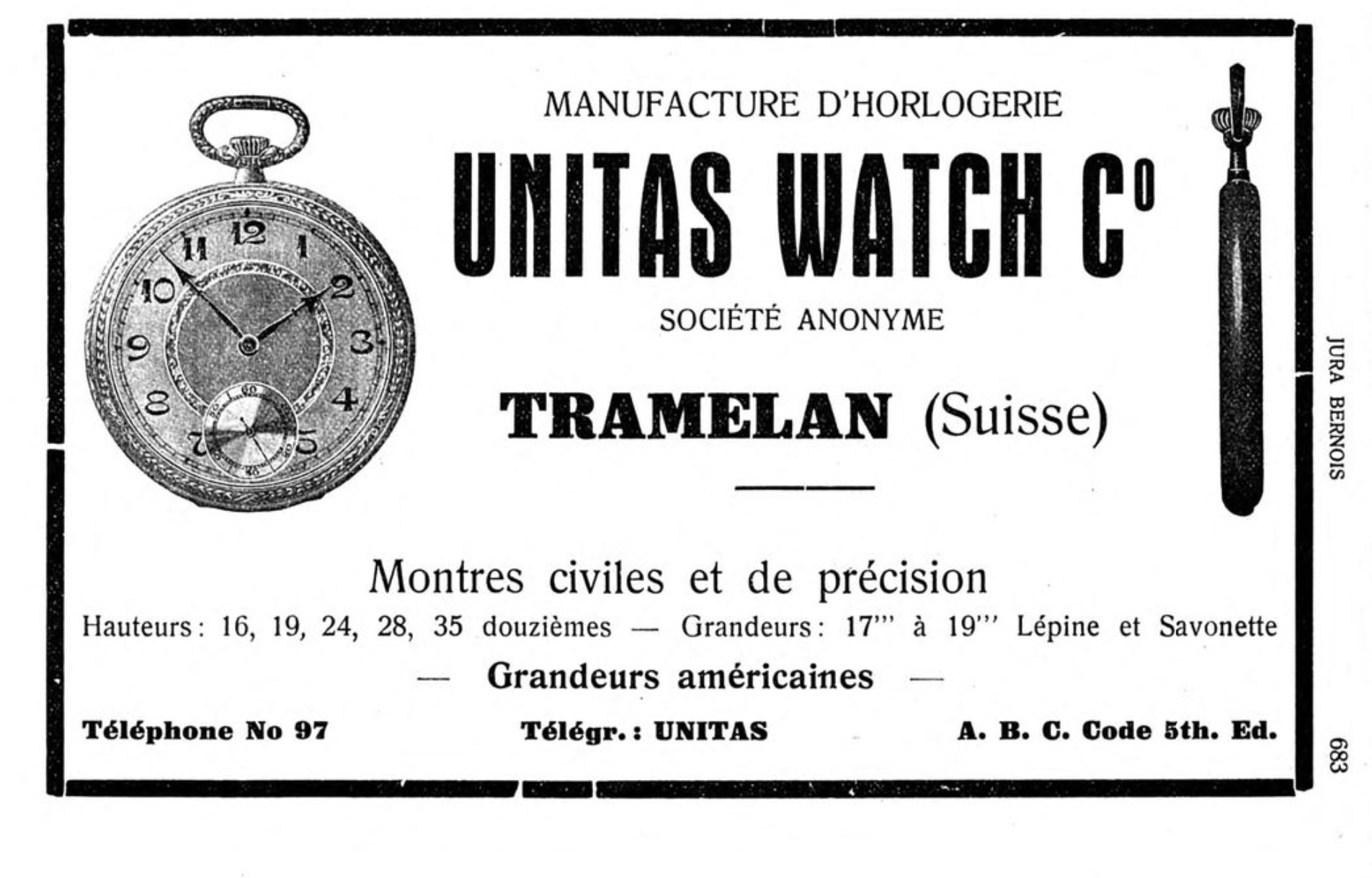
Interestingly, ARSA’s founder, Auguste Reymond (1872-1946), who was originally trained as a banker, entered the watchmaking business in 1898. In 1906, he purchased the Val de Joux Watch Co. in Les Bioux, Vallée de Joux, to produce his own movements. By 1910, he sold the company to Reymond Frères SA, which later became Valjoux SA in 1929 – the renowned maker of the Valjoux movements, chronograph 7750 included.
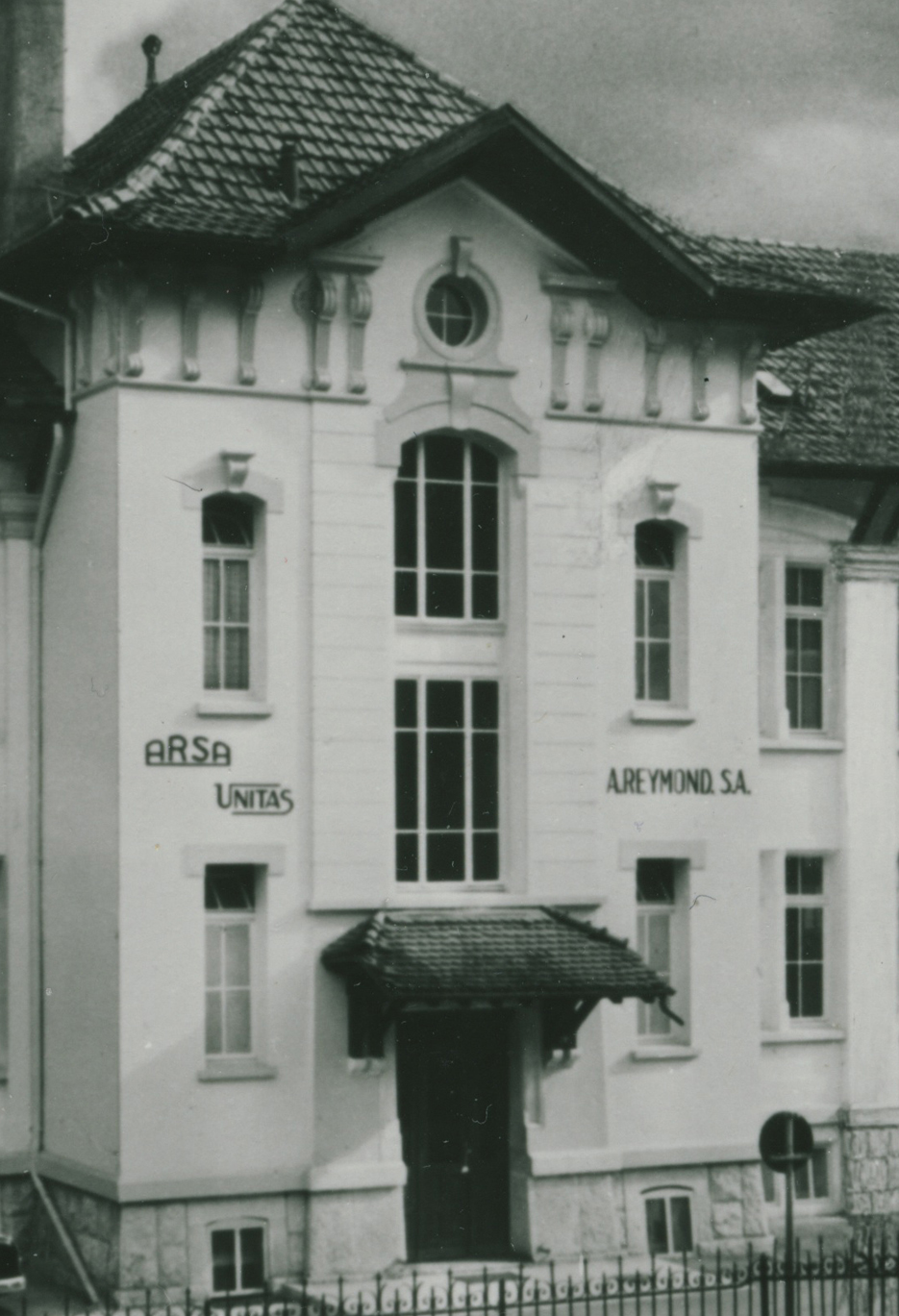
ARSA enjoyed several years of success with Unitas as its movement-maker, also offering ebauches and complete movements to local and international clients. In 1932, the rapidly expanding Ebauches SA, looking to tackle the issues facing the Swiss watchmaking industry at the time, added Unitas to its portfolio. Unitas was then split from ARSA and merged into Ebauches SA, continuing to produce watch movements in Tramelan for many years before ultimately becoming part of Swatch Group’s ETA division.
In the 1950s, Unitas introduced the now-famous 6497 and 6498 movements, both of which (reportedly) remained in continuous production and were available to brands outside Swatch Group until recently. These movements were updated and rebranded as ETA 6497-1 and 6498-1 in 1967, with the latest versions designated as 6497-2 and 6498-2 in typical ETA style. While detailed information about production volume and whether manufacturing was truly uninterrupted since the introduction is scarce, we invite knowledgeable insights from readers on the matter.
Now, let’s examine the construction, characteristics, and variations of the ETA/Unitas 6497 and 6498 movements more closely.
Solid, versatile and engaging hand-wound calibres
The 6497 and 6498 movements share a lot of characteristics and components. They are easily distinguished by the position of the small seconds sub-dial – the 6497 “Lépine” has it at 9 o’clock, opposite the crown. In contrast, the 6498 “savonette” has it at 6 (90 degrees clockwise from the crown) and is often referred to as a “hunter” placement. Notably, placement of the small seconds opposite the stem was not a technical feature of the revolutionary movement design by Jean-Antoine Lépine (1720-1814), who developed the plate and bridges movement construction concept with components fixed to a machined mainplate and thought to replace the fusée and chain with a toothed mainspring barrel – 18th-century innovations the watchmakers continue to rely upon since the then.
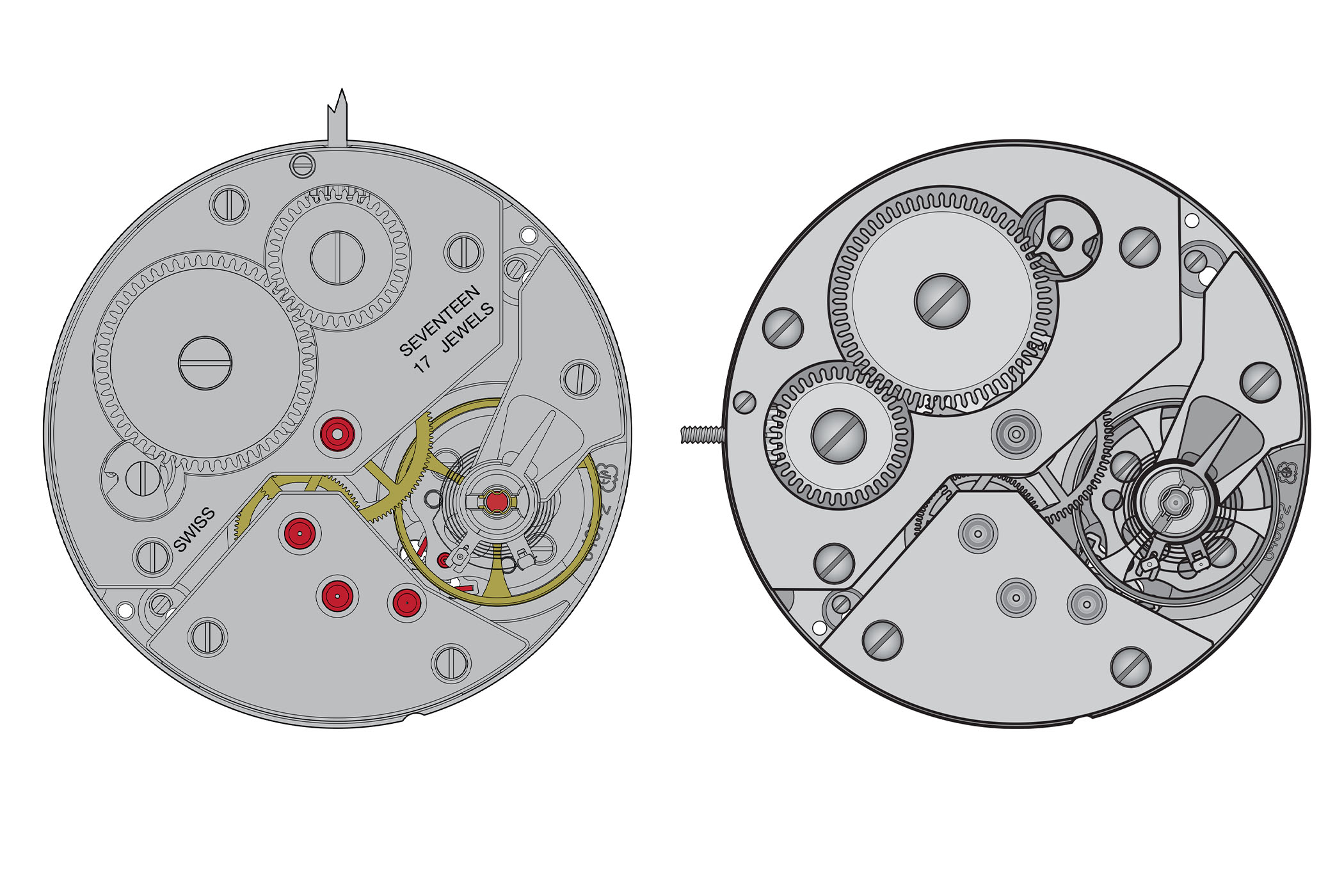
Yet the “Lépine” definition for the sub-seconds opposite stem configuration stuck, even though at the time it was an aesthetic choice – Lépine pocket watches were secured on a chain or ribbon with the bow on a non-connected to movement stem at 12 and the seconds were commonly positioned opposite the stem at 6. The “Lépine” name for the arrangement lived on and now is reserved for the watches and movements with the small seconds opposite the crown – which will be at 9 o’clock in most wristwatches. The savonette or hunter definitions also have a chapter in watchmaking history, which I urge you to discover in your leisure time; there’s plenty online.
The 6497 and 6498 share several common features, including a 36.6mm diameter and a slim 4.5mm thickness, thanks to the compact design of their manual winding systems. Originally produced to operate at a frequency of 18,000 vibrations per hour, later ETA versions (6497-2 and 6498-2) were updated to also run at 21,600 vibrations/hour (both frequency variants co-existed), and the original 18,000 frequency it seems was reserved for 6497-1 and 6498-1. Both fully jewelled movements typically feature 17 jewels, though some versions with only 15 jewels can be found.
The ETA-updated versions replaced the traditional cock with a pallet lever bridge to incorporate the banking pins into the bridge as the base model had them main plate-mounted, upgraded the hairspring stud and, along the way, introduced the Etachron regulator, so it became uniform with other ETA movements, with a few minor changes to simplify production. The elaboré-grade 6497-2 and 6498-2 also offer Incabloc shock protection and some decoration. Additionally, these updated versions boast a slightly extended power reserve of 53 hours, up from the 46-hour reserve of the 6497-1 and 6498-1 models, thanks to a longer spring, though none have a hacking seconds feature.

Place the bridge-side images of the 6497-1 and 6498-1 movements side by side, with the balance wheel at the 6 o’clock position and the winding stem out of view, and you’re set for a “spot the difference” game. There aren’t many to find. Aside from the upside-down markings for the jewel count, calibre name, and Swiss designation, the most notable differences are the positions of the ratchet and crown wheels and the click, as well as the design of the barrel bridge. While many components are interchangeable, the mainplate, the barrel bridge, third and second wheels, the winding stem, the setting lever, the setting lever jumper, and a few other components are not interchangeable between the two. Also, there’s a difference in the gear train – the positioning of the third and second wheels is different.
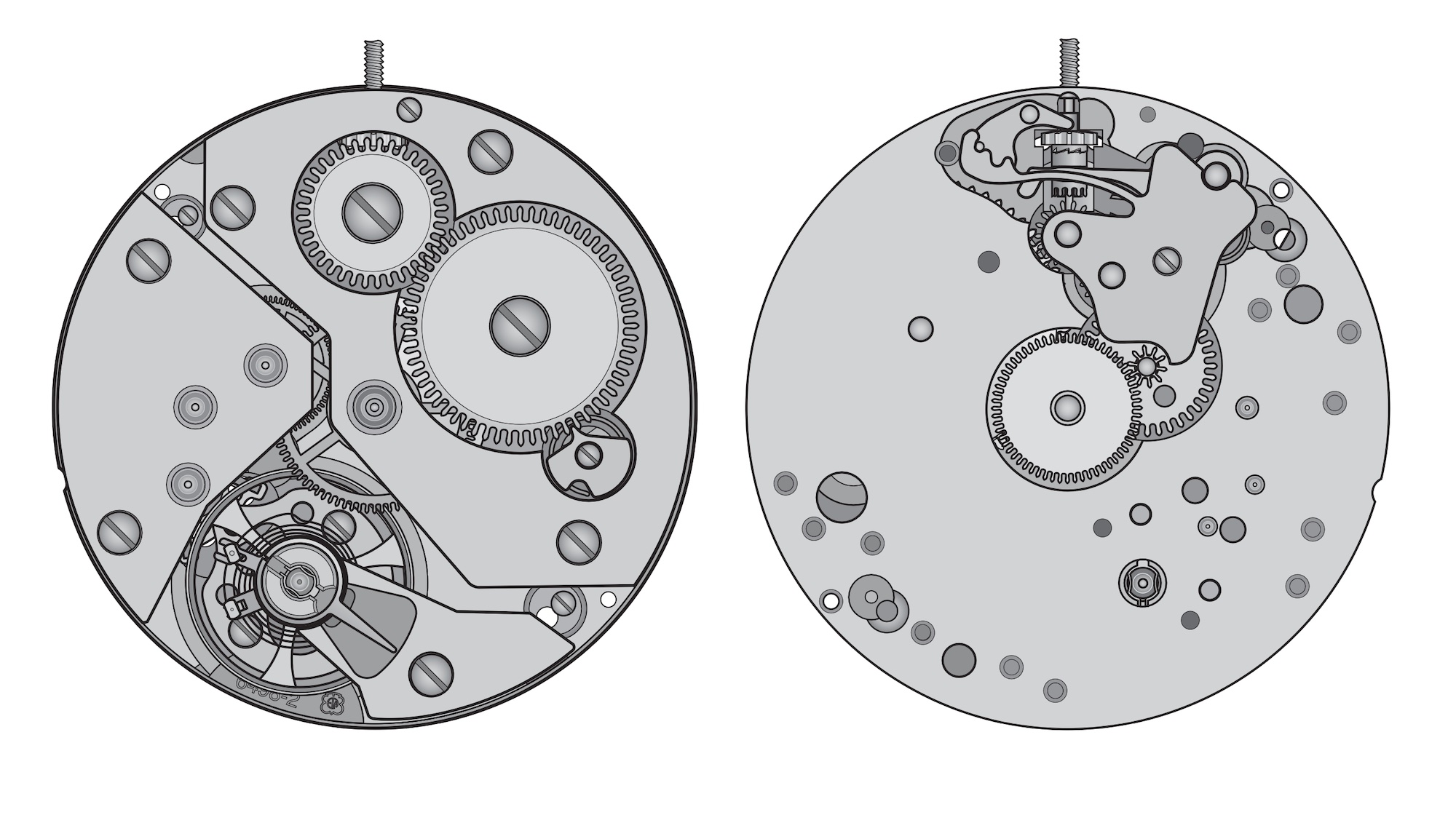
Surprisingly or not, the 6497 calibres did not lead to an expansion of the series; the only offspring was the 1965-born and now long-discontinued 6503 with the added date wheel, which made it slightly thicker. Finding a watch with this movement will be a quest. And from this bit of trivia, we move on to a far more exciting part – the way watchmakers have embraced and often transformed this basic calibre, elevating it to technical and aesthetic heights since the 1990s, a tradition that continues today.
The beauties and the beasts: when size matters
When it comes to brands that utilized the 6497 and 6498 movements since their introduction and throughout the 1990s, Omega’s 1979 pocket watch calibre 960, featuring a Triovis regulator, stands out as a known example of a 6497 base. Other brands like Hamilton, Elgin, Waltham, Tissot and Arnex also equipped their pocket watches with these movements. Bulova adopted the 6497 as well, along with numerous brands you never heard of. Both movements were also favoured in many custom-made timepieces of that era.

During the resurgence of interest in mechanical timepieces in the 1990s, watchmakers sought to equip their watches with reliable and accurate movements. Many turned to the manually wound ETA 6497 and 6498 for their robust performance and classic appeal. In addition to their strong technical characteristics, the large size of these movements became a key factor, and their expansive bridges practically begged to be reworked and elaborately decorated.
Panerai is widely credited with elevating the status of the ETA/Unitas 6497 and 6498, even though the brand never employed the 6498. The 6497 movement powered the pre-Vêndome 5218 references, including the sought-after 201/A and Slytech models. Panerai later based several of its calibres on the 6497-2, such as the OP I, OP II, OP X, OP XI, and OP XXIX. These movements operate at 21,600 vibrations per hour with a 56-hour power reserve.
The OP I was a simplified 6497 variant without a small seconds sub-dial, used in various Luminor Base models, including the PAM 634, which celebrated the 15th anniversary of the Paneristi community in 2015. The OP II retained the original Lépine configuration, with a small seconds sub-dial at 9 o’clock, making it a staple in Luminor Marina models. While lacking a seconds hand, the OP X added a swan neck regulator and Panerai’s signature bridge design. The OP XI came with COSC certification and powered several Luminor Marina, Luminor 1950, and Radiomir references. The OP XXIX, a basic 6497 movement, was the last in Panerai’s OP series and appeared in the limited-edition PAM 318, featuring a Brooklyn Bridge-engraved caseback and released in 2009 with only 150 pieces.

In relatively recent history, Longines adapted 6497 to its needs and called it L506.2 to be featured in Longines Heritage pocket watches and Master Collection wristwatches (measuring 47.5mm in diameter), Hamilton and Tissot issued pocket watches with the 6497 as their engine, including one Tissot Phileas with a 24-hour display. Alpina used 6498 to make Alpina-branded AL-435 and regulator AL-650 movements; Rado RHW1 is a 6497 with aluminium plate and bridges, as seen in the Rado DiaMaster. MeisterSinger, known for its minimalist designs, contributed to the 6497 legacy with many models relying on it, including the two-handed Meistersinger Scrypto, featuring a small seconds sub-dial at 9 o’clock. JeanRichard also used the Lépine layout for its creations, while brands like Laco, Stowa, Glycine and others incorporated the 6497 into their large, fliegeruhr-inspired timepieces.
While Panerai certainly brought attention to the 6497, the most creative transformations happened elsewhere. Maurice Lacroix, for instance, skeletonized the 18,000 vph version of the 6497, branding it the ML 16, as seen in the Maurice Lacroix Masterpiece Skeleton ref. ML 7048. The brand also crafted a Masterpiece collection watch (MP 7018) with retrograde date and GMT indicators, a power reserve at 3 o’clock, and a running seconds sub-dial at 9—all powered by the ML 100 calibre, based on the 6497.
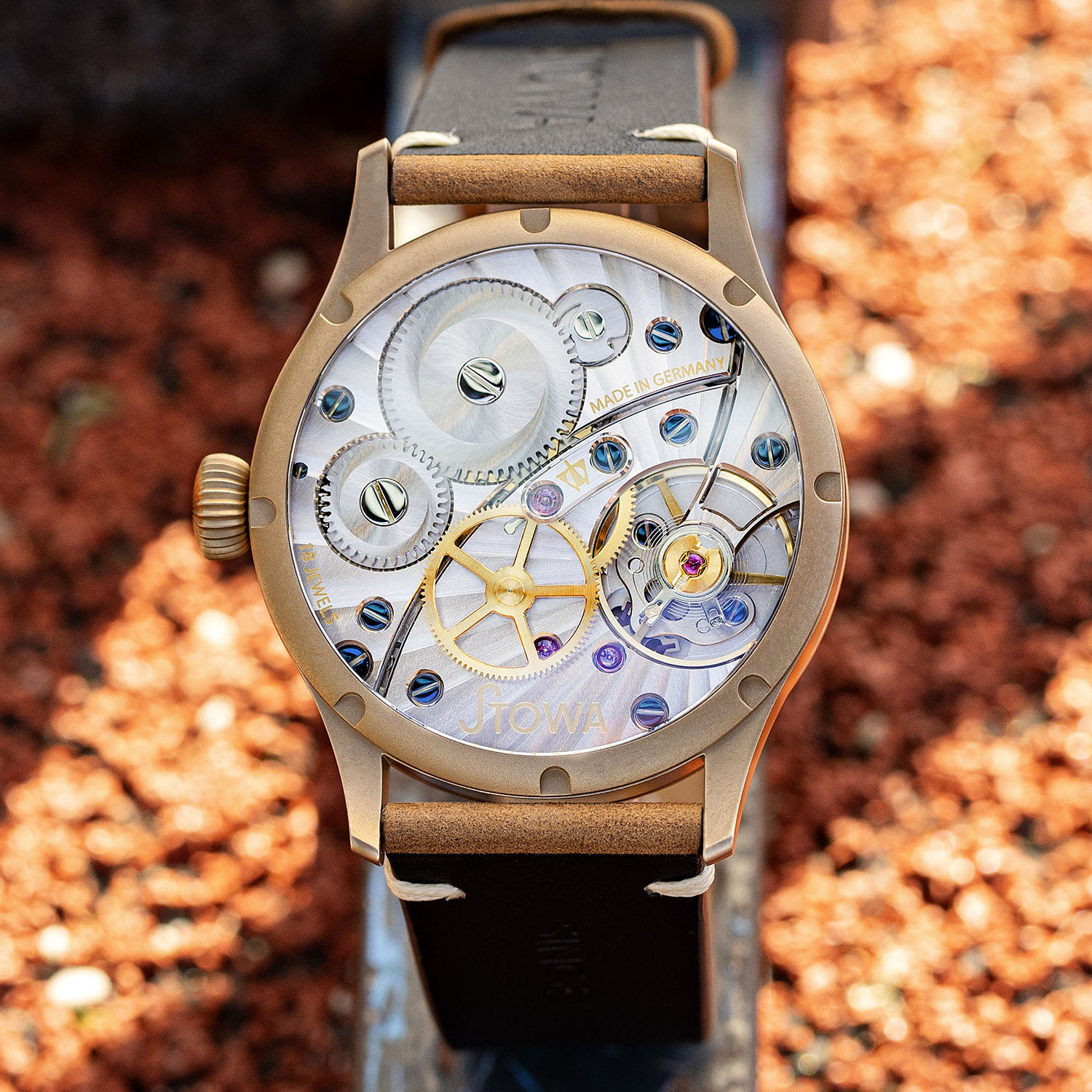
Chronoswiss, known for its mastery in adapting classic movements, also utilized the 6497 for its time-only calibre C.672. This version featured hacking seconds, a central seconds hand (deviating from the typical 6497 configuration), a swan neck regulator, and excellent finishing, as demonstrated in the iconic Timemaster CH 6233 with its distinctive onion crown. The 6498 calibre also got some attention. Omega used a modified version, calibre 2201, in its Seamaster Aqua Terra hand-wound models from 2003 to 2010, with redesigned bridges and enhanced decoration. TAG Heuer Calibre 1 (2008) is a 6498-1 based.
Embraced by independents
Smaller operations seem always to continue to love the manually-wound 6497 and the 6498. Recently, British independent brand Garrick showcased a beautifully modified and decorated 6498-based calibre BF03 in its S4 and S6 series, featuring a frosted ¾ plate, skeletonized balance cock, and hand-engraved barrel and crown wheel covers. The movement’s screwed balance is fin-regulated to a precision of +3 seconds per day.
Felipe Pikullik, an independent watchmaker from Germany, also embraces the 6497 and 6498 movements for their vast creative potential. His work includes skeletonizing, hand-engraving, and applying meticulous hand finishes like anglage, polish, and frosting. Pikullik’s creations, such as the Mondphase 1 with its handcrafted 3D spherical moon phase, showcase the impressive customization possible with a heavily modified 6497.
As the 6497 is often the go-to movement for watchmakers during their training, it’s no surprise that many continue to use it as a canvas for their horological creations. Watchmakers like Finnish-born, Swiss-based Torsti Lane, Americans Keaton Myrick and Cameron Weiss, and Canadian Aaron Sarauer have all built upon this familiar calibre. Their 6497/6498-based timepieces continue to impress, demonstrating endless possibilities for transformation.
Supply and demand
While the ETA 6497 and 6498 movements are still available (priced around EUR 200-300 based on a quick online check), their availability to watchmakers outside of Swatch Group is expected to diminish as these calibres, like the rest of ETA’s mechanical lineup, have become restricted. A well-known alternative, especially for price-conscious customers like microbrands, is the Chinese-made Seagull ST36, a 6497 clone, priced at around EUR 40.
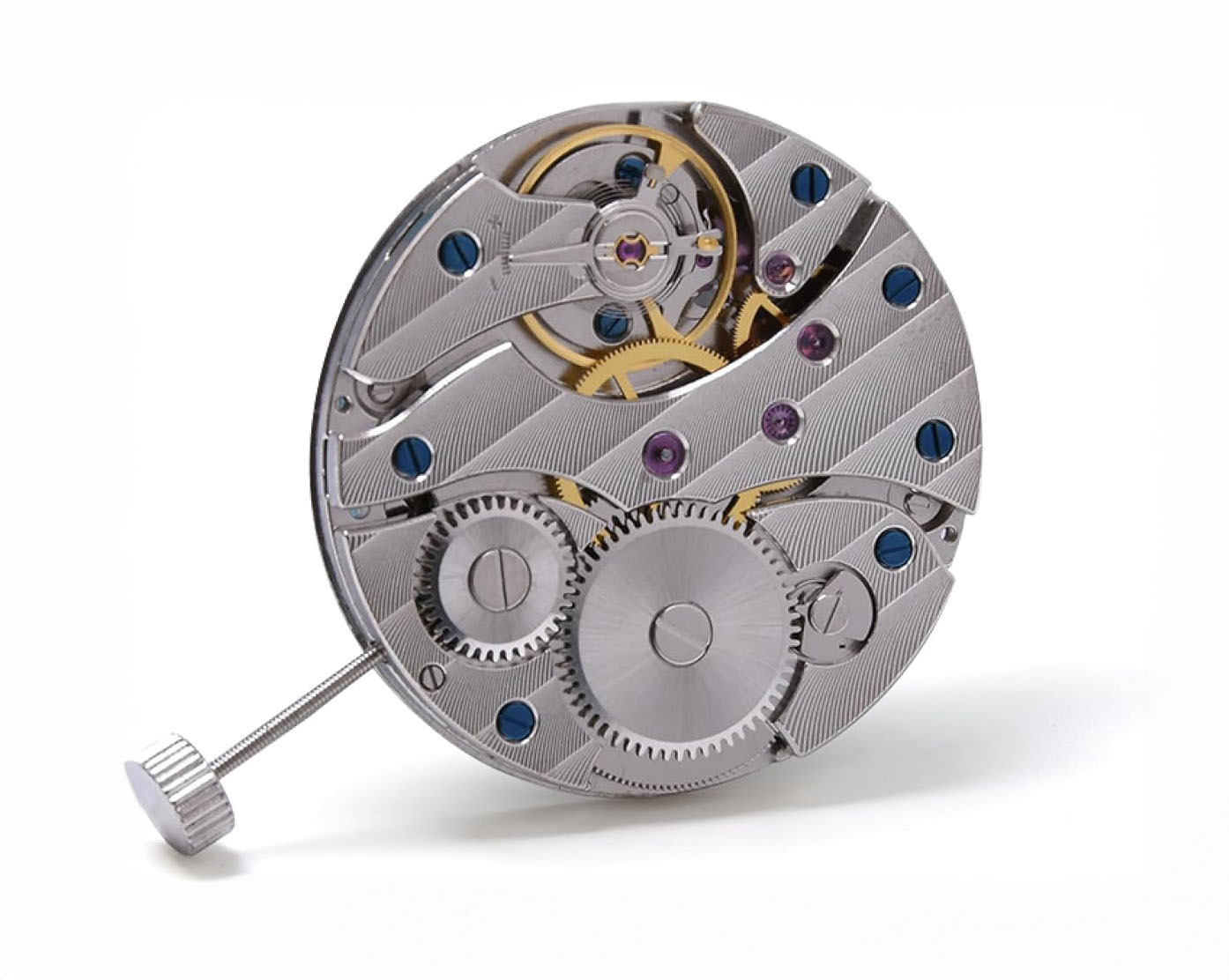
A few years ago, Master of Time SA introduced almost entirely Swiss-made movements DB9 (small seconds at 9 o’clock) and DB6 (small seconds at 6 o’clock), which were clones of the 6497 and 6498, respectively, finished with blued screws and laser-engraved decorative patterns. However, there has been little news about them since. Interestingly, Sellita, known for offering numerous alternatives to ETA’s mechanical movements, has yet to produce its own 6497/6498 equivalent, suggesting that demand may not be exceptionally high.
Almost sentimental
Among the notable movements we’ve discussed over the past few months – such as the ETA/Peseaux 7001, ETA 2892 and ETA 2824 – the ETA/Unitas 6497 and 6498 stand out as both the oldest – next year marks their 75th anniversary – and the largest. These qualities, among others, have cemented their exceptional status in the watchmaking industry. Preceding the other calibres by two decades, the hand-wound 6497 and 6498 are classics and fundamental to understanding how a watch functions – and learning to build one. Designed to be durable and reliable, they maintain good time while offering a 16.5 lignes size that appealed to brands producing oversized watches in the 1990s. This large canvas also provided plenty of room for customization and enhancements. Despite their simplicity, these 1950s movements continue to inspire and amaze even in an era of highly complex and innovative watchmaking – I wonder if their Unitas designers ever envisioned such an interesting life for their creation. A wonderful life.


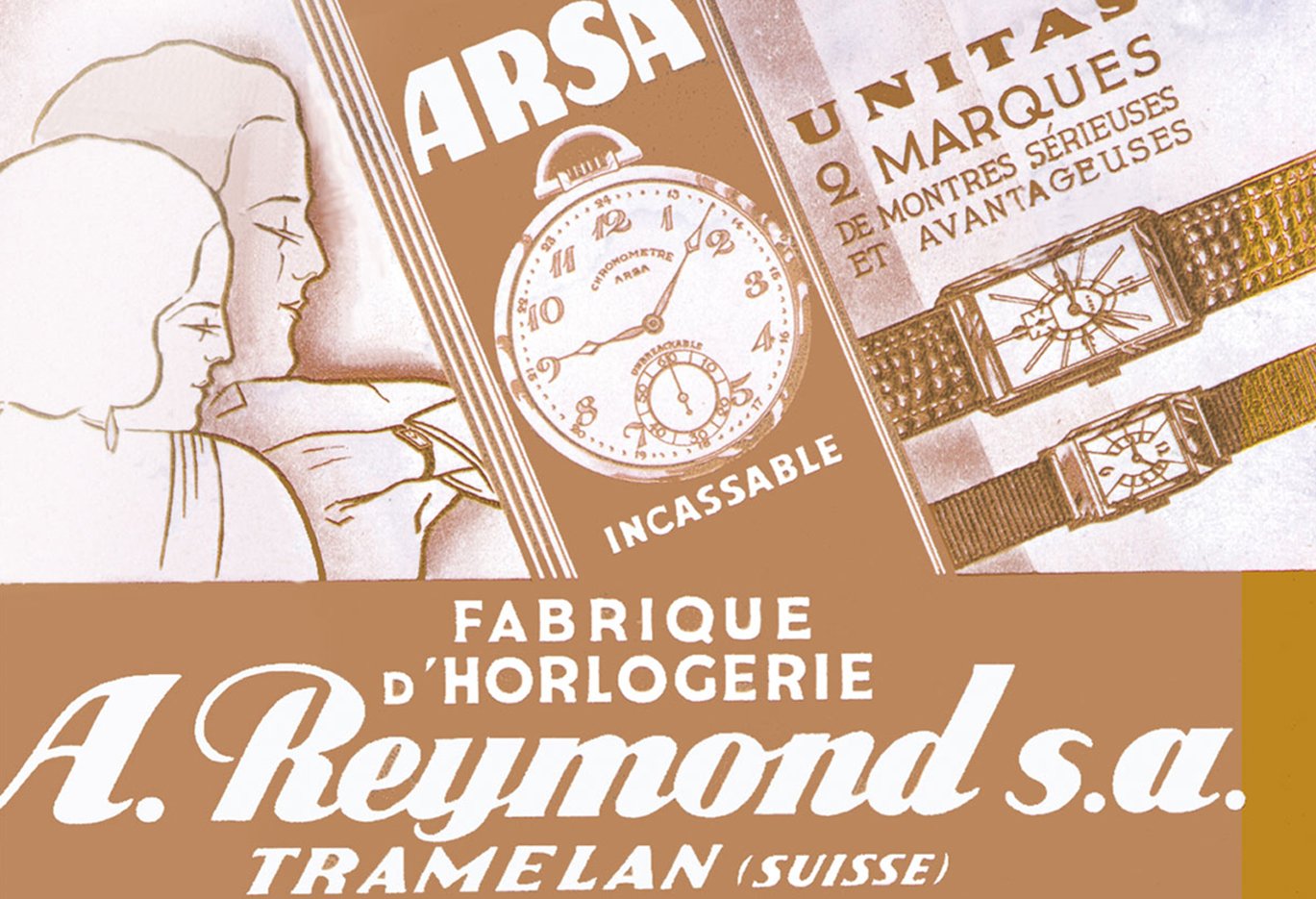
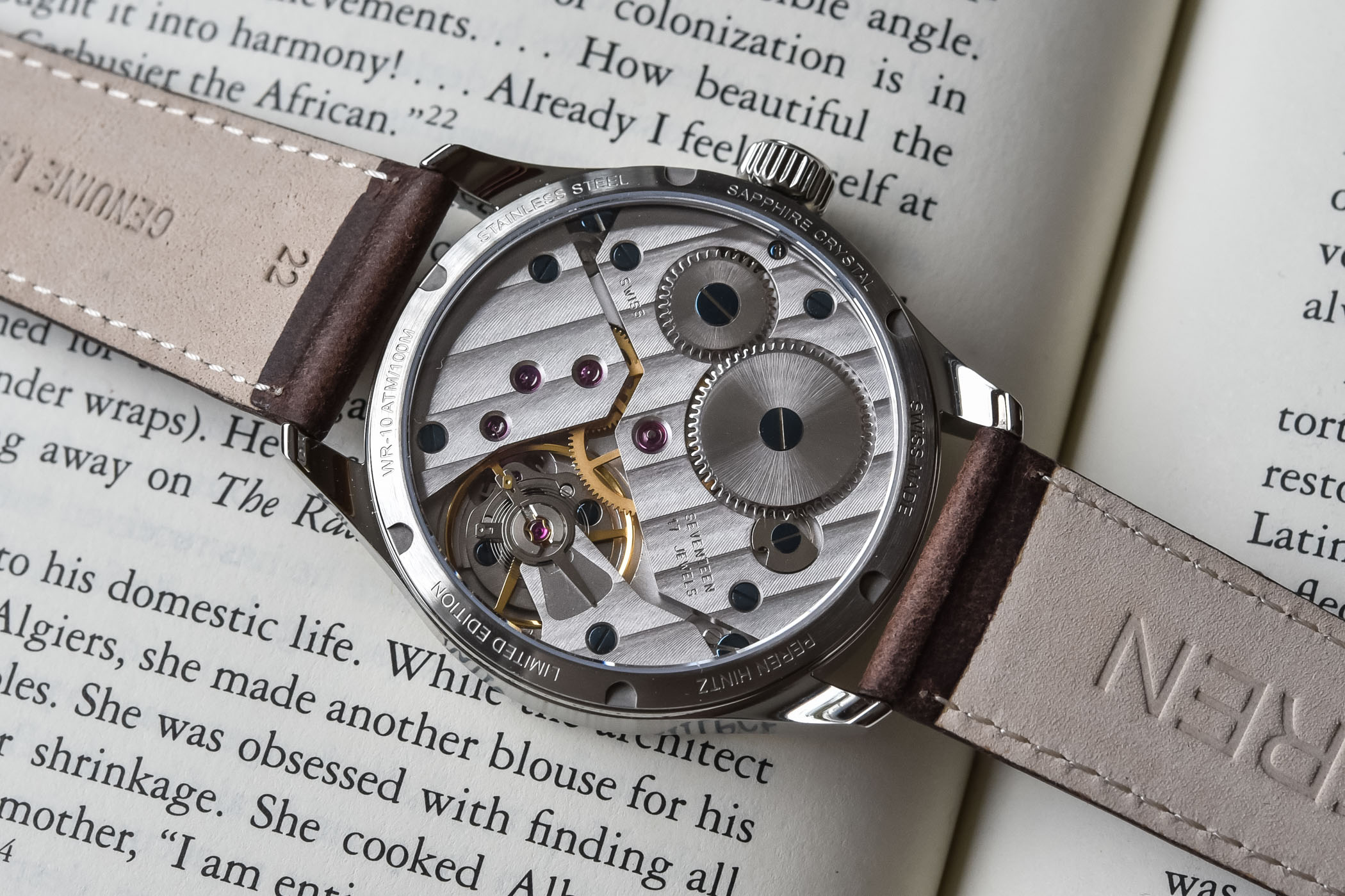
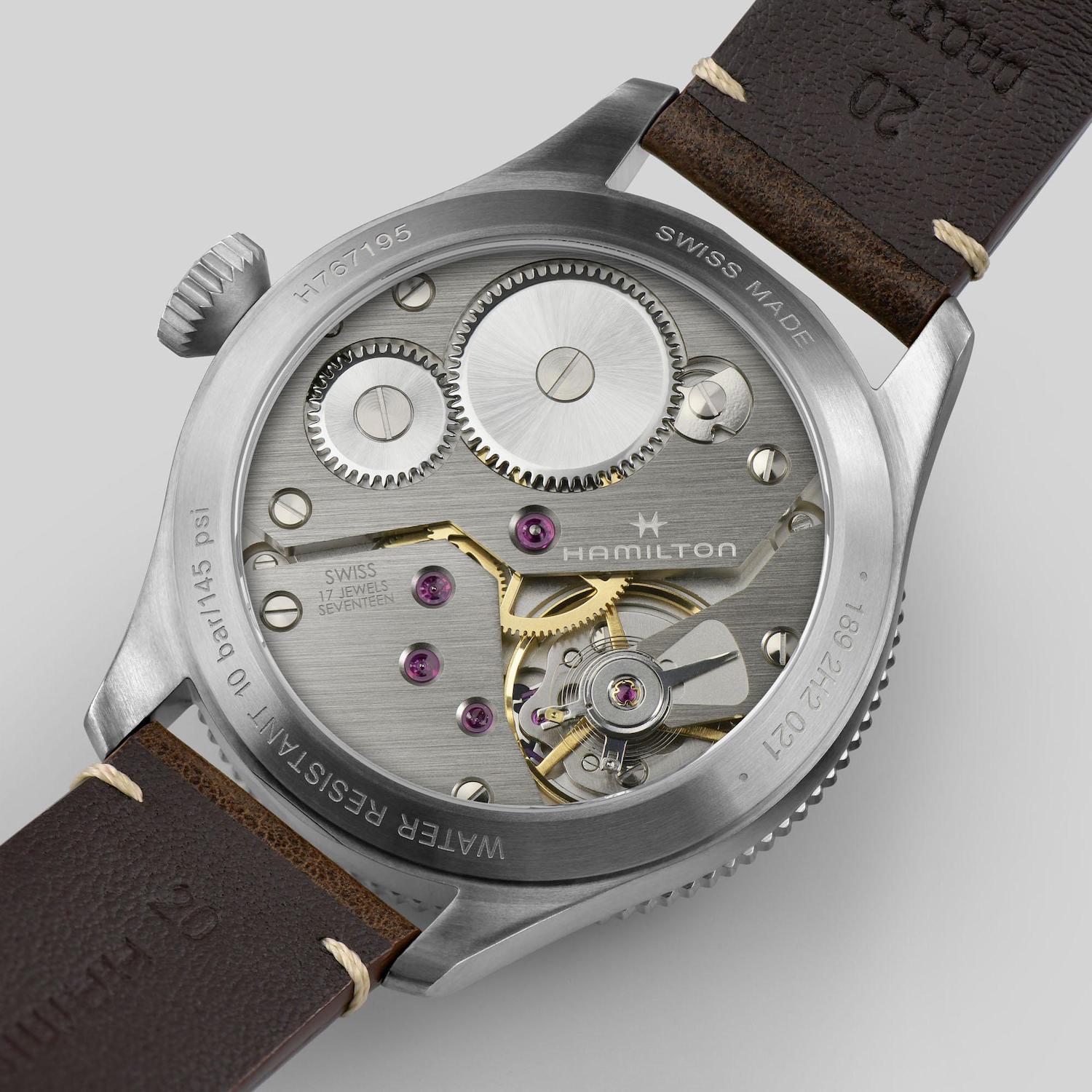
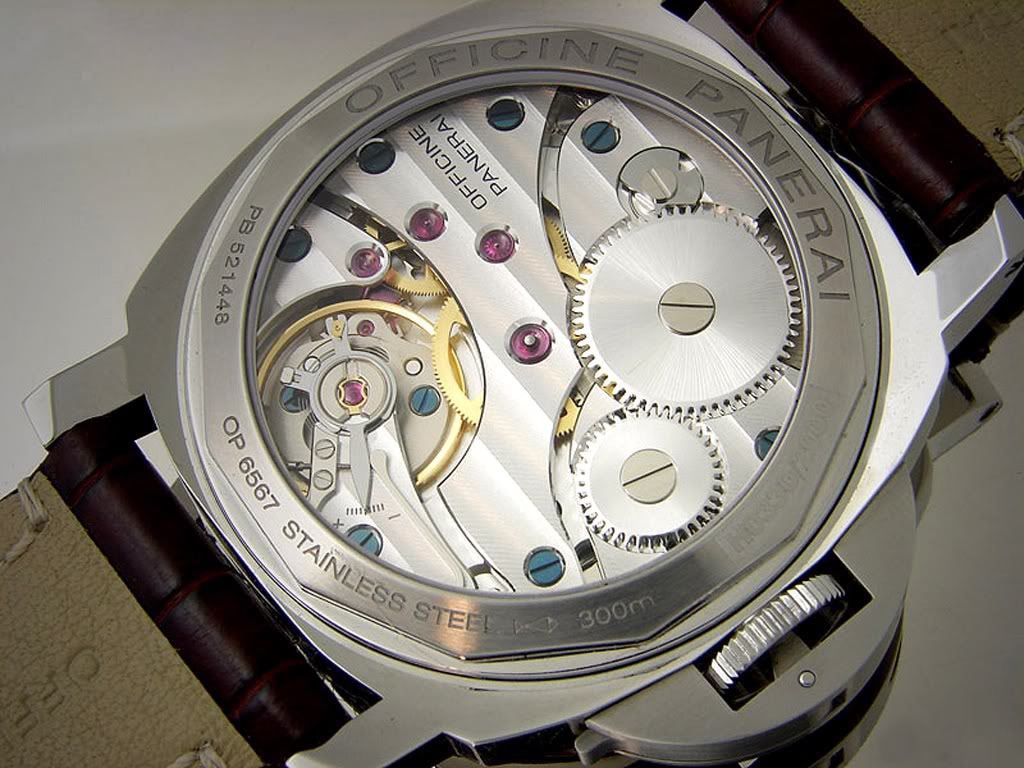
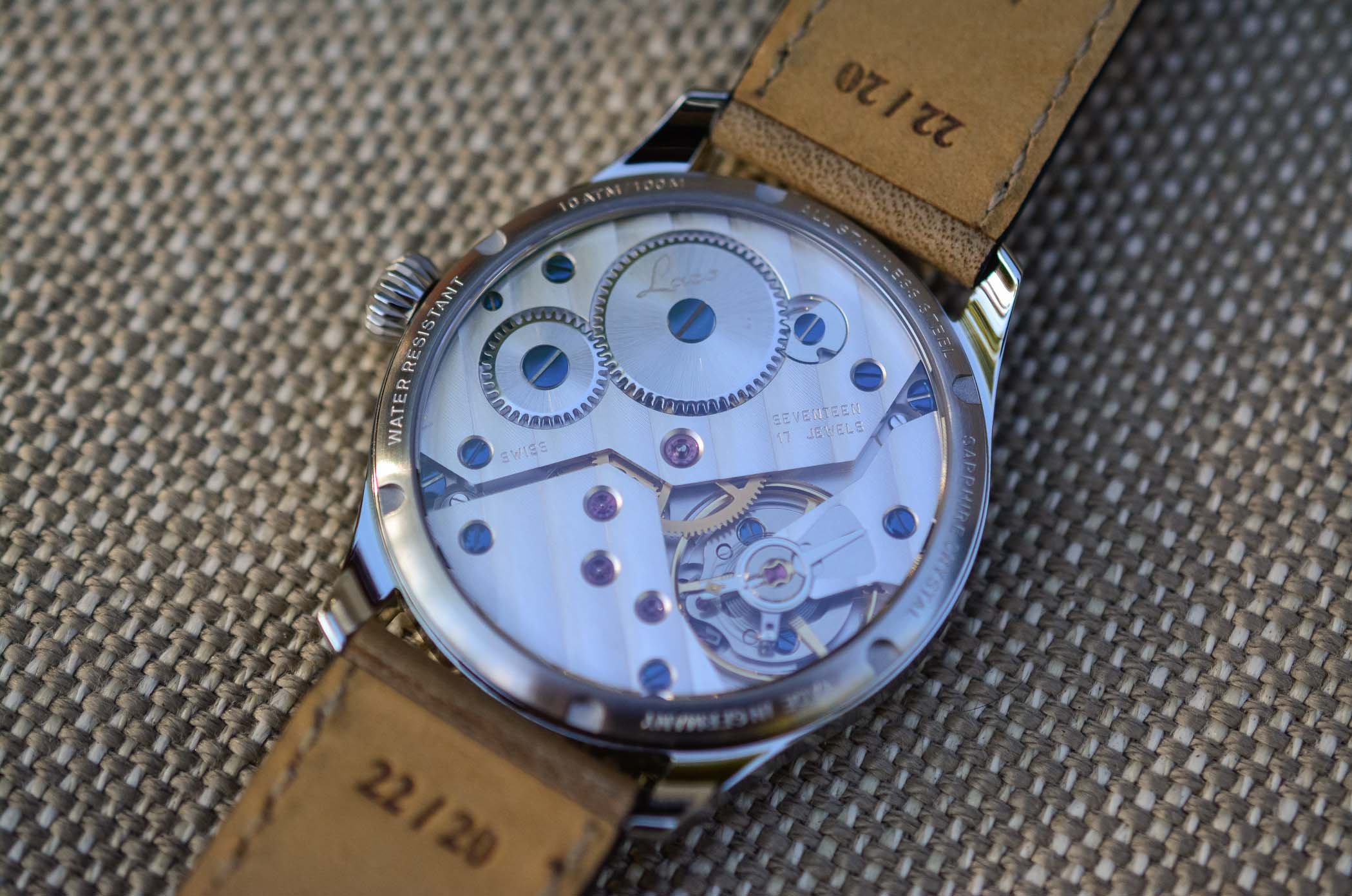
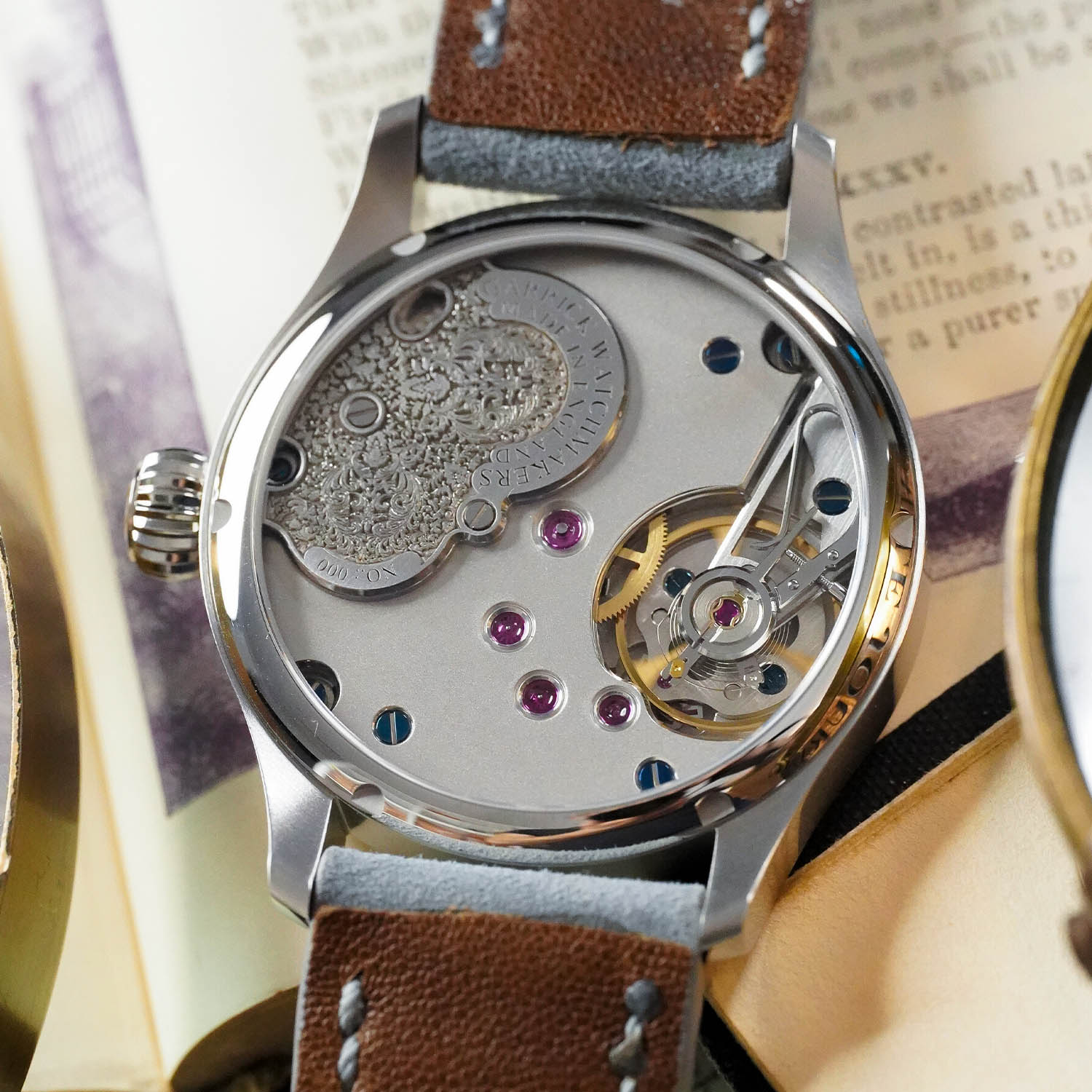

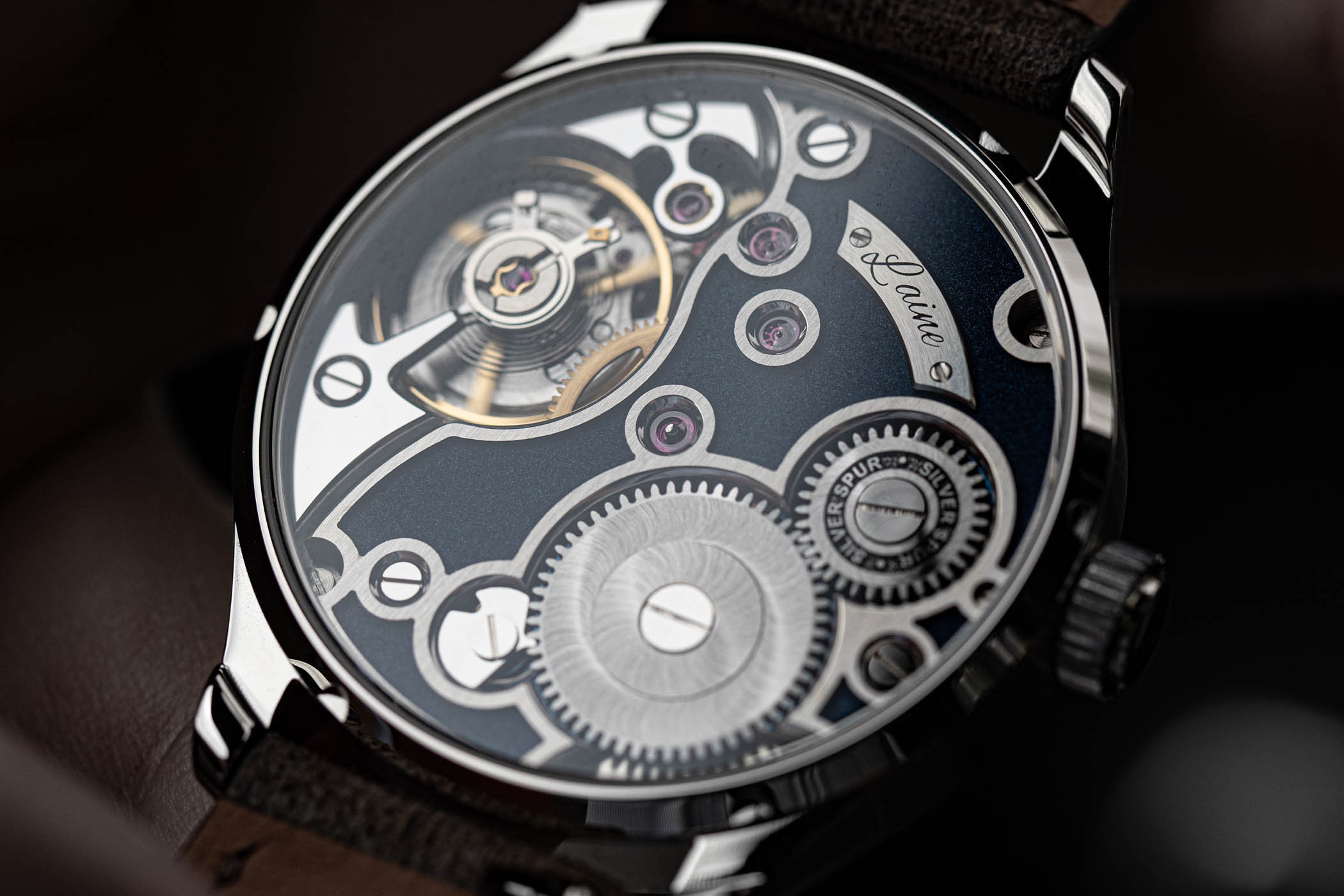



6 responses
it would be a real shame if sellita couldn’t produce 6497, 6498. i really look forward to them doing this.
Another interesting history lesson
The history of watch brands is very interesting but unfortunately very scattered! Also the information does not oftentimes does not include the photographs. This information over time would make a great book.
You do an excellent job reporting on watch history would be nice to compile the articles in to a book! An idea in the works !!!
Many German independent watch makers also use 6498. They also do fully hand engraving of the movement with colored skeletonized wheels. Hope craftmanship continues.
Afortunadamente tengo un Victorinox Swiss Army Pilot con una ETA/Unitas 6498-2 Elaboree adquirido hce unos años a buen precio. Un reloj precioso.